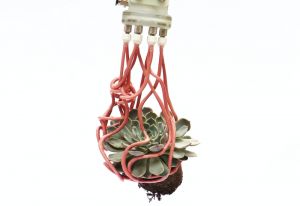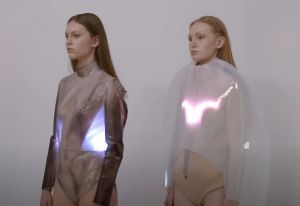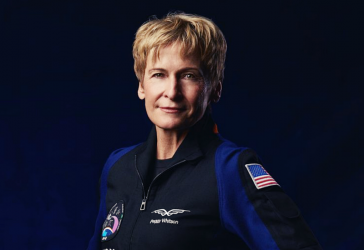머리는 공룡인데 몸통은 현생종 새와 가까운 희한한 백악기 조류 화석이 발견됐다.
중국과학원 척추동물고생물고인류학연구소는 7일 공식 홈페이지를 통해 랴오닝성 백악기 지층 지우포탕(Jiufotang Formation)에서 머리는 공룡, 몸은 오늘날의 새에 가까운 화석을 발견했다고 전했다. 이 내용은 지난 2일 국제 학술지 ‘Nature Ecology & Evolution’에 먼저 소개됐다.
‘크라토나비스 주이(Cratonavis zhui)’로 명명된 조류의 화석은 약 1억2000만년 전 것으로 추측된다. 공룡 같은 두개골이 새의 몸통에 연결된 구조여서 발견자들을 적잖게 당황하게 만들었다.
새가 공룡의 후손이라는 것은 이미 학계에서 인정받는 사실이지만 몸의 형태적·기능적·생태적 구체적 변화와 진화가 어떻게 일어났는지는 아직 커다란 수수께끼다.
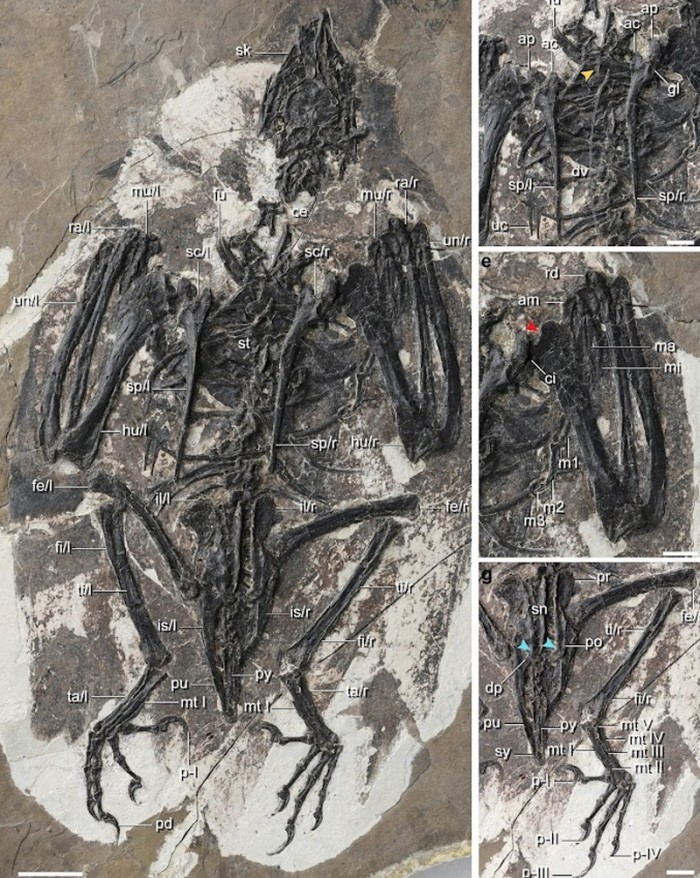
조사 관계자는 “화석 속의 개체는 새의 조상인 시조새와 현생종 새의 특징을 진화 과정에서 갖게 된 조흉류의 중간쯤으로 여겨진다”며 “크라토나비스는 분명한 조류로 보이는데, 두개골 모양은 새가 아니라 공룡과 비슷하다”고 설명했다.
이어 “화석을 토대로 재현한 ‘크라토나비스 주이’의 골격을 우리가 아는 새에 공룡 두개골을 붙인 듯했다”며 “백악기 대부분의 조류와 마찬가지로 ‘크라토나비스 주이’ 역시 위턱을 두개골로부터 독립적으로 움직이지 못한 것으로 보인다”고 전했다.
오늘날의 조류는 위턱, 즉 위쪽 부리가 두개골 및 아래턱(아래쪽 부리)과 분리돼 움직인다. 이 덕분에 새는 생태학적으로 극적인 진화를 이뤄냈다. 다만 ‘크라토나비스 주이’는 현생 조류와 비슷한 몸을 가졌지만 두개골은 원시 조류 형태를 벗어나지 못했다.
또한 연구소는 ‘크라토나비스 주이’와 또 다른 고대 조류 화석을 비교하는 과정에서 놀라울 만큼 길쭉한 어깨뼈(견갑골)과 중족골(발목과 발가락을 잇는 뼈)에 주목했다.
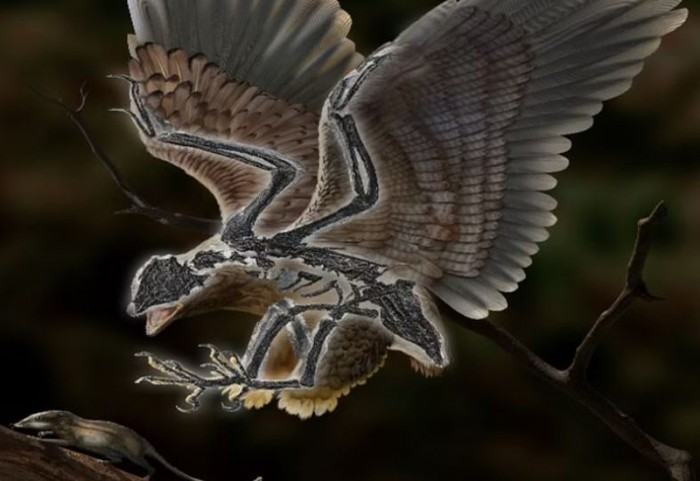
조사 관계자는 “견갑골과 중족골은 비행과 관련된 원시 조류들의 형태학적 특징을 잘 타나낸다”며 “‘크라토나비스 주이’의 견갑골과 제1중족골(엄지뼈 중 하나)은 놀라울 정도로 가늘고 긴데, 이는 다른 원시 조류와 상당히 다른 점”이라고 전했다.
연구소는 가늘고 긴 견갑골이 상완을 당기거나 회전하는 근육을 보강해 아직 전체적으로는 발달되지 않은 원시 조류들의 비행 능력을 보완했다고 결론 내렸다. 참고로 공룡이 새로 떨어져 진화하는 과정에서 제1중족골은 점점 짧아졌다. 제2중족골의 4분의 1 이하가 되고 나서야 이런 변화는 멈췄다.
조사 관계자는 “원시 조류들의 제1중족골 진화는 종에 따라 상당히 다양했다”며 “엄지뼈를 이동에 사용하느냐, 아니면 먹이활동에 쓰느냐 정해지는 과정에서 벌어진 충돌 때문에 진화 자체가 불안정했다”고 말했다.
연구소는 지금까지 파악된 점을 종합할 때 ‘크라토나비스 주이’는 맹금류처럼 육식을 했을 가능성이 높다고 판단했다. 향후 이 새를 면밀히 연구하면 자연선택적·생태학적 상호작용의 결과로 원시 조류가 어떻게 진화했는지 알 수 있을 것으로 연구소는 기대했다.
이윤서 기자 lys@sputnik.kr
------------------------------------------------------------------------------------------------------------------
The head of a dinosaur, the body of a bird...China's Strange Fossils
2023-01-07 17:12
A strange Cretaceous bird fossil with a dinosaur head and a modern bird body close to it was found.
The Institute of Vertebrate Archaeology of the Chinese Academy of Sciences said on its official website on the 7th that it found fossils close to modern-day birds with a head and body in the Jiufotang Formation of the Cretaceous Period in Liaoning Province. This content was first introduced in the international journal Nature Ecology & Evolution on the 2nd.
The fossil of the bird, named "Cratonavis zhui," is estimated to be about 120 million years old. The structure of a dinosaur-like skull connected to the bird's body made the discoverers quite embarrassed.
It is already recognized in academia that birds are descendants of dinosaurs, but how the morphological, functional, and ecological changes and evolution of the body have occurred is still a big mystery.

"The individual in the fossil is believed to be somewhere between the ancestral archaeopteryx and the modern species of birds," an investigation official said. "Cratonavis appears to be a clear bird, and its skull shape is similar to a dinosaur, not a bird."
"It seemed that the dinosaur skull was attached to a bird we knew about the skeleton of 'Kratonavis Zouy', which was reproduced based on fossils," he said. "Like most birds of the white instrument, 'Kratonavis Zouy' does not seem to have moved the upper jaw independently from the skull."
Today's birds move their upper jaw, or upper beak, apart from the skull and lower jaw (lower beak). Thanks to this, birds have achieved dramatic ecological evolution. However, "Cratonavis Zouy" had a body similar to that of modern birds, but the skull did not deviate from the form of primitive birds.
The institute also noted the surprisingly elongated shoulder bones (scapula) and metatarsal bones (bones connecting ankles and toes) in comparing 'Cratonavis Zui' with another ancient bird fossil.

"The scapula and metatarsal bones represent the morphological characteristics of flight-related primitive birds. The scapula and the first metatarsal bone (one of the thumb bones) are surprisingly thin and long, which is quite different from other primitive birds," the survey official said.
The institute concluded that the slender scapula supplemented the flight capabilities of primitive birds that were not yet developed as a whole by reinforcing muscles that pulled or rotated the upper arm. For reference, the first metatarsal bone became shorter and shorter in the process of dinosaurs' new fall and evolution. It was not until less than a quarter of the second metatarsal that this change stopped.
"The evolution of primitive birds' first metatarsal bones varied considerably from species to species," an investigation official said. "The evolution itself was unstable because of the collision in the process of determining whether to use the thumb bone for movement or for food activities."
Considering what has been identified so far, the institute judged that "Cratonavis Zui" is likely to have eaten meat like birds of prey. If we study the bird closely in the future, we will see how primitive birds evolved as a result of natural selective and ecological interactions, the institute expected.
Lee Yoon-seo, lys@sputnik.kr






